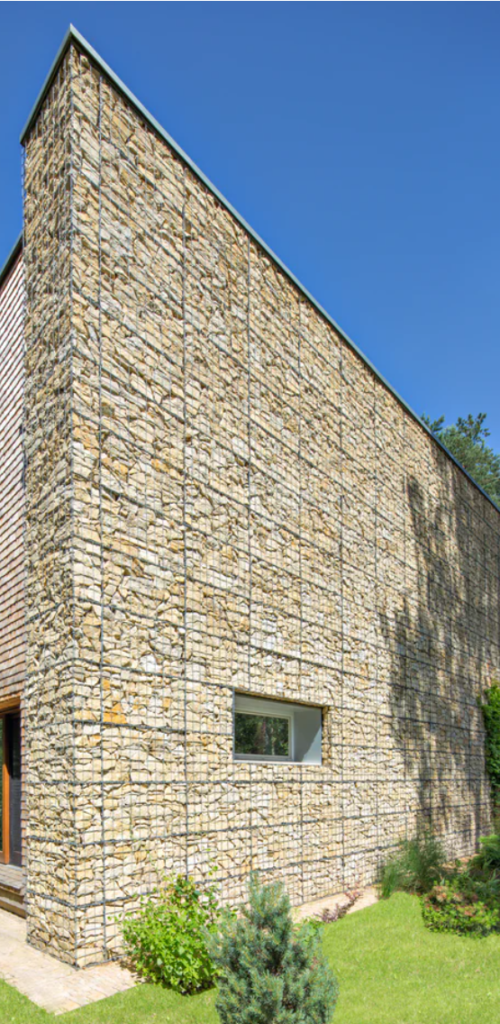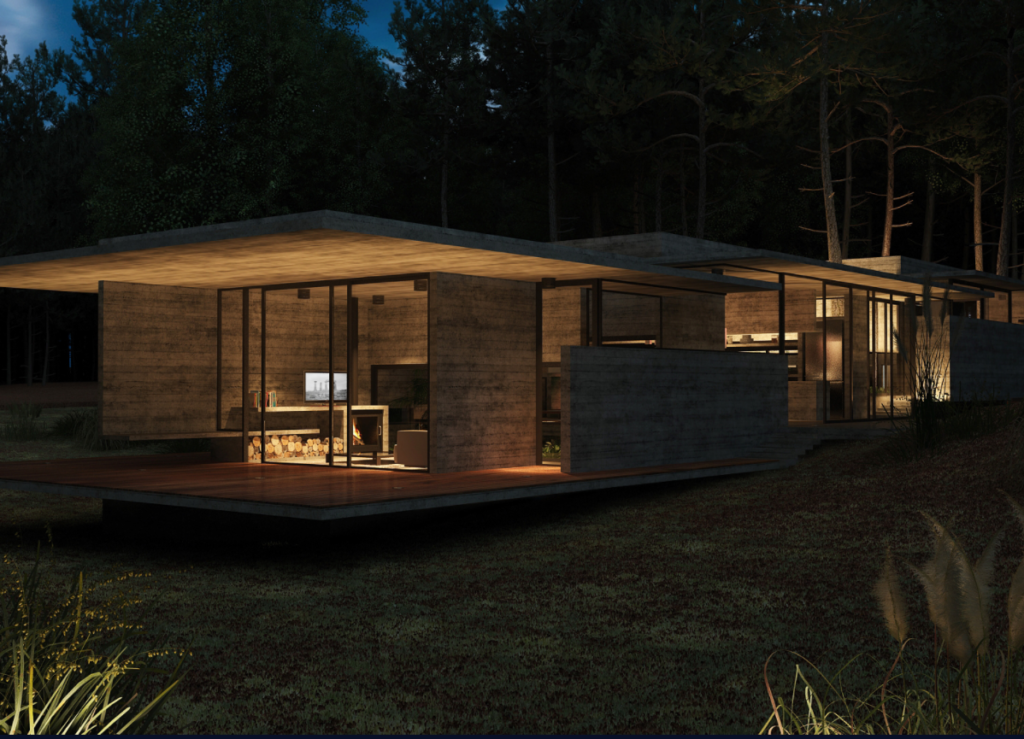Caspar Schols
“A dynamic home in the shape of an open platform to live with rather than against the elements, by playing with the configuration of the layers of the house – just like the way you dress yourself to suit different weather conditions, occasions and moods.”


https://www.dezeen.com/2020/10/27/anna-stay-meet-caspar-schols/
Figurr Architect’s Collective
Situated in the Canadian countryside, this modular home is composed of five prefabricated custom modules that are assembled before being delivered to site. Manufactured precisely off the plans of Figurr Architect’s Collective, insulation, windows and flooring were all assembled before transport to site. Due to the speed of assembly, prefabrication allowed for construction to begin in the late summer as indoor construction could continue over the winter season.



https://archello.com/news/canadian-countryside-home-demonstrates-the-merits-of-prefabrication
The color palette and materials take consist of polished cement textures on the walls and floors, natural brick coatings, steel, and wood details that give a cozy and homey touch to their interiors. For the pool and garden, construction materials have been used that amplify the color scale for more vivid tones, thus turning them the center of attention of the house.
97 House is bio-climatically designed: its position is oriented according to the sunshine hours and angles and the winds of the specific geographical area, which allows for extended visibility and light entrance through large glass windows without sacrificing the comfort inside the house. The large windows and the precise position of the domes allow indirect light to be distributed naturally and optimally in all rooms, generating a sensation of spaciousness that fuses the exterior with the interior.
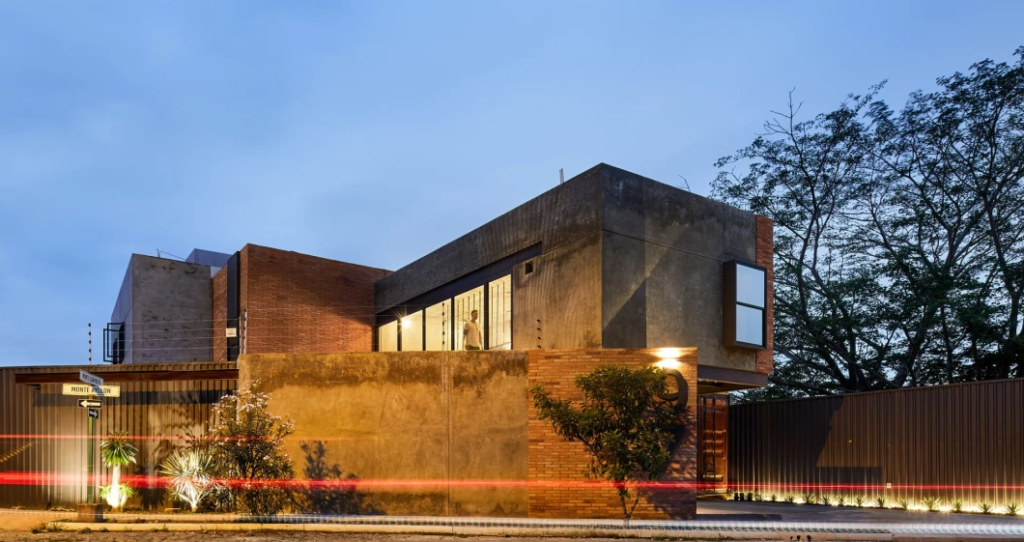



VonDalwig Architecture
One of the firm’s main goals for the project was to introduce better flow between the individual buildings, and to connect the exteriors with the interiors. “Our approach was to allow the parts—the buildings, the landscape, and the pool—to unfold and connect to the whole, both inside and out,” shares von Dalwig.



https://www.dwell.com/article/house-23-vondalwig-architecture-c8835506
Piers Tayor, Founder of Invisible Studio, said: “I wanted to banish the demons of my youth and move on from the house which I had designed as a young architect. In the intervening years I have learnt so much, while technologies and materials have improved. We have loved living in Moonshine over the last two decades but it needed an overhaul and there’s something very enjoyable about being able to tinker with your surroundings to improve them, which I suppose is what we’ve been doing across the whole site.”




Architects use brise-soleil as solutions to overheating in many hot climates with long days of direct sunlight. These permanent sun-shading structures range from simple patterns of concrete fins to more elaborate wing-like mechanisms that can be adjusted based on different solar angles throughout the day and across the seasons. Some buildings incorporate louvers into the shades to mitigate high-angle rays in summer, but also permit low-angle winter sunlight for passive solar heating with a variety of pattern structures that act as light-filtration screens on the façades of buildings.
One of the most common types of brise-soleil, simple concrete fins, became widespread after Le Corbusier’s Ministry of Education and Health was completed in Brazil.
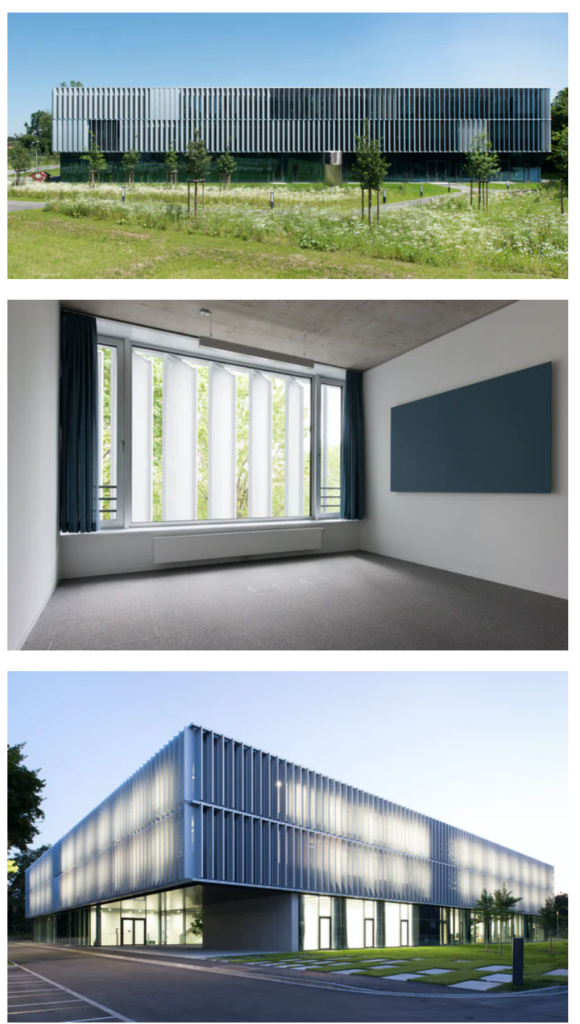
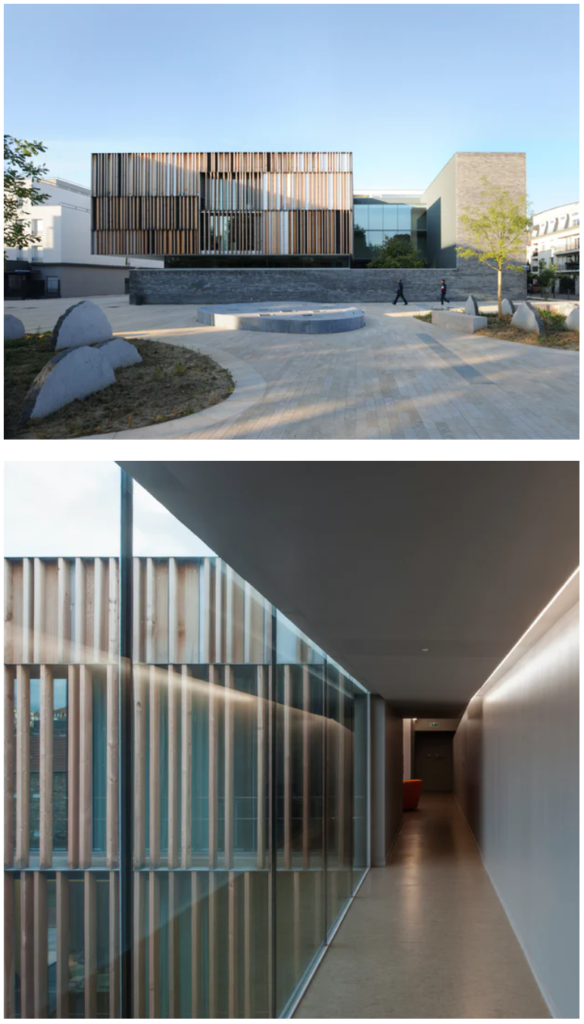
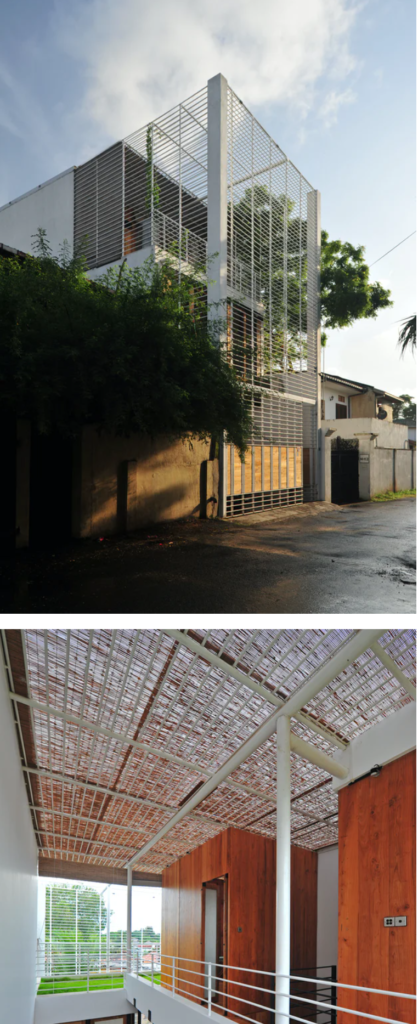

Santiago Valdivieso and Stefano Rolla
Called Engawa House, it is composed of a glass and black steel volume that extends from a cliff to rest on slanted, bold red supports.
Sliding, slatted doors made from the Chilean wood Raulí wrap the house on three sides, giving the residents the option of privacy and natural light, or to open the residence entirely to the exterior views.




Originating as a tool for civil engineering, the gabion wall dates back to the late 1800s. It slowly made its transition to architecture because of its superior strength and permeability. The gabion wall consists of a metal mesh cage filled with loose material, usually stones, sand or soil. The wall is crack resistant and contours to the grade of the site. The material used to fill the cages determines how porous the wall is, a feature often used to create a natural cooling effect.
Architects prize the gabion wall, traditionally used as a landscape material, for its bold, textured look. Unlike the orderly rock wall, gabion walls provide a feeling of accidentality to a building, allowing the eye to explore the irregular shapes and patterns. They are often used as exterior walls to provide a rugged, outdoor aesthetic, but are also exposed in the interior, merging the two both materially and environmentally.

